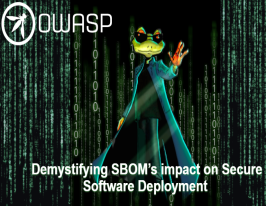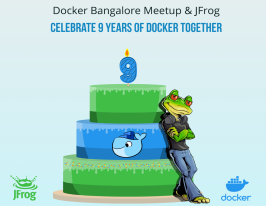OSS Security and Compliance Monitoring and Gatekeeping @ DevOps Utah
June 8, 2022
< 1 min read
OSS Security and Compliance monitoring and gatekeeping!
In this talk, we will discuss various approaches Developers and Build & Release Engineers can take to monitor various OSS components entering their organization. We also look at:
- How to shift left in the DevSecOps landscape and gain visibility into OSS component consumption?
- What are the automated gatekeeping options available?
- The need for SBOM and tools available to generate the same
Speaker: Gowtham Neerukonda
Gowtham is a DevOps Acceleration Engineer at JFrog. A passionate engineer who has experience in working with Embedded Systems, Application Security, and DevOps automation. As a member of the DevOps Acceleration team, he enjoys learning new advancements in the DevOps world and helping Customers embrace the JFrog’s Universal DevOps platform. He enjoys cooking and playing board games, especially Catan. His interests also include Volleyball and FIFA(PS4).






